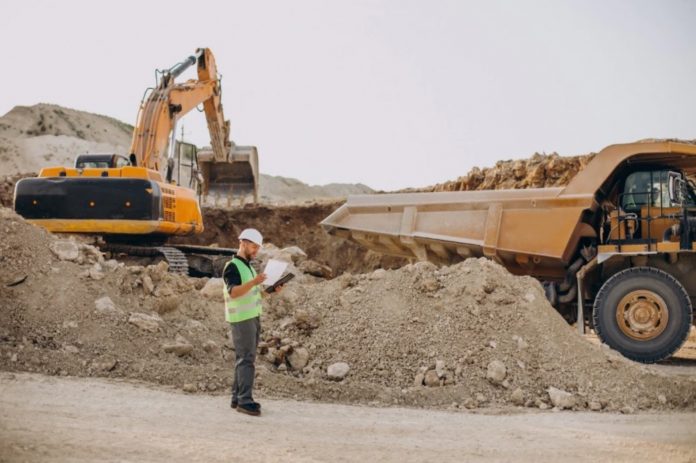Jose M. Peña, the Director of Lurtis LTD looks at improving safety on construction sites through the adoption of technology systems, training workers and better analysing risks
In this post, we are going to explain how it is possible to improve safety on construction sites by implementing some new technology systems and well-known methodologies. But first, let’s review some facts about safety in the construction sector.
Over 350,000 accidents in the construction sector
The construction sector, apart from being one of the most important for the world economy, is also where many occupational accidents occur. It seems to be very complicated to reach the goal of zero accidents on the site.
Only in Europe, every year more than 350,000 workers in this sector have had an accident, of which, 715 have resulted in death. These deaths are caused by negligence or inexperienced workers that do not understand the risks or do not take enough precautions on the construction sites.
Accidents on the construction sector cost over 4,416 billion euros
This is a significant problem not only for the workers and their families, but it is also for the building developers and the construction companies, as it leads to the paralysis of the work resulting in the loss of a considerable sum of money. Every year in Europe, serious or fatal accidents on construction sites cost 4.416 billion euros in insurance claims, personal injury payments, and indirect costs due to delays.
How do we reduce accidents in the construction sector?
The main causes of these accidents are falls and collisions, runovers, and crushing by mobile vehicles. In order to reduce these accidents, it is important that construction companies:
- Train workers. It is essential to avoid risks that workers know beforehand and learn and put into practice the protocols and the IPE (Individual Protection Equipment) for each task.
- Analyse risks. Study any risk that happens and find its root cause.
- Follow-up on the accidents. Expose to the workers every accident that has occurred on the construction site. In this way, they will know the risk, why it happened, and what they need to do to avoid it, thus increasing workers’ awareness of the possible risks.
- Implement new solutions. To avoid risks is necessary to carry-on innovations, such as implementing new methodologies, new protection equipment, and new technologies.
In the new era of Industry 4.0, there are enormous different technologies that can be applied to improve safety and efficiency on construction sites. However, the construction sector does not seem to see the benefits of this and remains one of the least digitised and least innovative sectors.
At Lurtis we want to help the construction sector to be innovative and reduce accidents on site. For this reason, we have developed a system that can be implemented easily on any site and machine type to prevent safety risks related to men-machine interaction risks.

Safework: technology for construction safety
This new system has already been tested on a construction site close to Badalona, in the north of Spain.
SafeWork, as it is being called, is the system that tracks location data, detects risks, and notifies the driver where workers are at risk. It is a system easy-to-use and install, adaptable to any machine (rented or owned), with local and cloud remote interfaces.
As this system uses UWB (ultra-wideband), there is no need to deploy infrastructure, beaconing or site perimetering. All that is required is to place antennas on machines via a wireless mount and for workers to wear a personal tag.
Besides being easy to use and implement, this type of technology also provides much more accurate data and has much lower power consumption than other technologies such as Bluetooth.

Analysing data to prevent accidents
Another advantage of the system is that it not only detects and warns about risks (both drivers and workers), but also, thanks to the data collected by the system, security departments will be able to analyse the risks that have occurred and detect the most frequent ones, thus being able to take measures to avoid them.
This is only one possibility among all the types of safety technologies, methodologies, and equipment that can be implemented in the sector to improve safety on construction sites, but the fact of the matter is to start applying solutions to reduce the human risks that are most common, and then move towards the goal of zero accidents.

This work is licensed under Creative Commons Attribution-NonCommercial-NoDerivatives 4.0 International.











